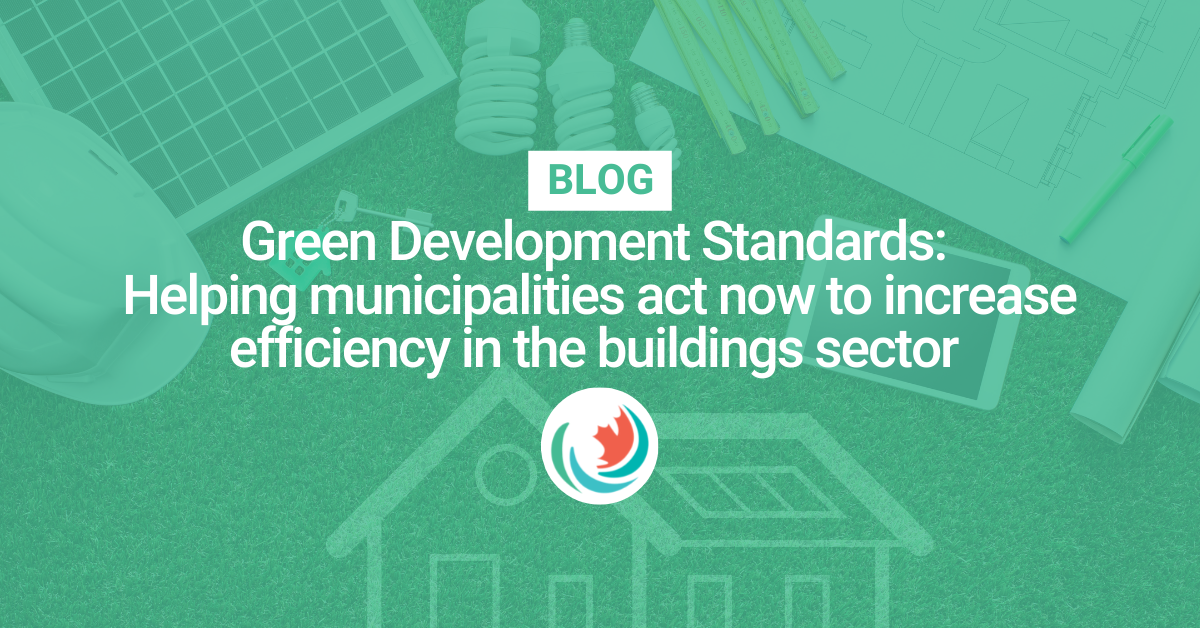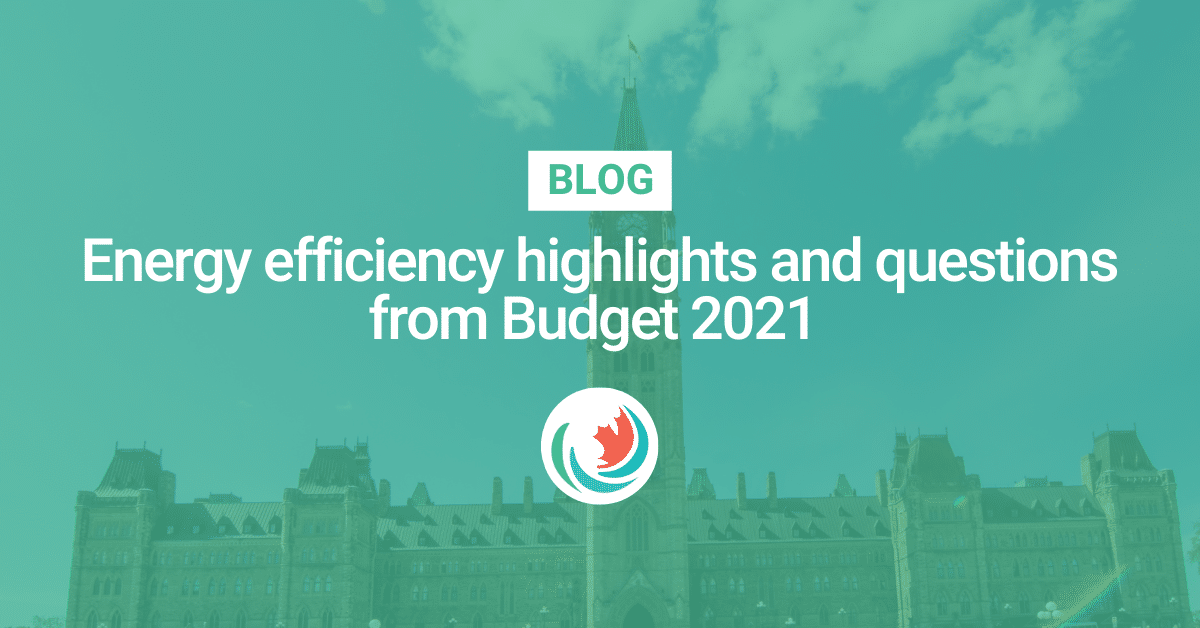
Green Development Standards: Helping municipalities act now to increase efficiency in the buildings sector
Green Development Standards (GDS) can act as a low-cost, effective way to act on the the climate emergency. Authored by Kevin Lockhart.

Green Development Standards (GDS) can act as a low-cost, effective way to act on the the climate emergency. Authored by Kevin Lockhart.

If Canada were to delay appliance energy standards, it would result in higher emissions and higher energy costs. By using Energy Star as a benchmark, we can be aligned – but ahead – of the US and be better prepared to align with the even higher standards likely to come.

The federal government released an ambitious budget this week. The signature item is national childcare, a policy that should enable more women, who shoulder the majority of childcare burdens in Canada, to enter or re-enter the energy efficiency workforce.
What follows is a run-down of some of the budget highlights related to energy efficiency and remaining questions and policy gaps.

Energy poverty is frequently blamed on carbon pricing and renewable energy transitions in the media, while the academic literature presents a more diverse picture that also includes the proliferation of inefficient buildings, rising income inequality and a lack of grid access as contributors

Airtightness testing is a critical measure needed to ensure that unintentional airflow does not cause energy losses, structural damage, or poor indoor air quality in new buildings.

The federal government released an updated climate plan, aiming to set Canada on a path to achieve net-zero emissions by 2050, and to exceed the Paris agreement 2030 targets. Here is what it means for energy efficiency.
Sign-up to get the latest in energy efficiency news!